Eco-Friendly Cat Litter Alternatives You Need to Know
Introduction
Cat owners increasingly seek ways to reduce their environmental footprint without sacrificing convenience or cleanliness. Traditional clay-based litters often derive from strip-mined minerals and generate substantial landfill waste. Fortunately, a growing array of eco-friendly cat litter alternatives offers both superior odor control and reduced ecological impact. In this article, we explore the most practical options, outline their respective benefits, and provide guidance on transitioning your feline companion to greener grounds.
Why Choose Eco-Friendly Cat Litter?
Reduced Landfill Contribution
Conventional clay litters are typically non-biodegradable, meaning each clumping scoop adds to burgeoning landfill volumes. Biodegradable litters—crafted from renewable resources like pine, wheat, corn, or recycled paper—can break down naturally, eliminating months (or even years) of lingering waste.
Lower Carbon Footprint
Mining, processing, and shipping natural clays consume significant energy. By contrast, plant-based litters often require less intensive manufacturing and can be sourced regionally. Switching to a sustainable option helps reduce greenhouse gas emissions associated with mining and transportation.
Health and Air Quality Benefits
Many eco-friendly litters are free from harsh chemicals, fragrances, and silica dust. Reduced dust levels promote healthier air quality, especially important for households with asthmatic cats or allergy-prone family members.
Renewable and Compostable Ingredients
Pine, wheat, corn, and paper litters derive from byproducts of lumber mills, grain farms, or recycled materials. Once spent, these litters can often be composted (sans solid waste), enriching garden soil rather than accumulating in a landfill.
Types of Eco-Friendly Cat Litter
1. Pine-Based Litters
Material & Processing: Often made from reclaimed pine shavings or pellets that have been kiln-dried and compressed.
Odor Control: Pine naturally resists bacterial growth and emits a fresh, woodsy scent that neutralizes ammonia.
Clumping vs. Non-Clumping: Pine pellets typically do not clump; instead, waste is removed by sifting solids and replacing pellets periodically. Newer formulations combine ground pine and natural binders to form light clumps.
Pros & Cons: Pine’s soft texture is gentle on paws, and its strong odor control is especially useful for multi-cat households. However, some cats dislike the pellet size, and non-clumping versions require more frequent total-basin changes.
2. Wheat-Based Litters
Material & Processing: Derived from wheat kernels and stalks, often utilizing wheat starch as a natural clumping agent.
Odor Control: Wheat contains natural enzymes that inhibit ammonia production. Clumps form quickly and have a mild, grain-like aroma.
Dust & Texture: Minimal dust production makes wheat litters ideal for indoor cats with respiratory sensitivities. The granules resemble conventional clay but are lighter in weight.
Pros & Cons: Excellent clumping action and flushability (small clumps can be flushed if local regulations allow). However, households with multiple cats might exhaust supply rapidly, and some felines may experience mild digestive upset if they ingest too much wheat residue.
3. Corn-Based Litters
Material & Processing: Made from dried corn kernels ground into granular form. Natural cornstarch facilitates clumping.
Odor Control: Corn’s absorbent properties and slightly sweet scent help manage litter box odors effectively.
Clumping & Cleaning: Fine granules produce hard, scoopable clumps. Corn litter’s lightweight nature also eases daily maintenance.
Pros & Cons: Biodegradable and compostable clumps (again, follow local composting guidelines). Some owners report occasional graphing (clumps sticking to the box), requiring thorough cleaning. In rare cases, corn-based litters can attract pantry pests if stored improperly.
4. Paper-Based Litters
Material & Processing: Shredded, recycled paper compressed into pellets or granules. Often treated to remove inks and ensure odor neutrality.
Odor Control: Paper’s high absorbency locks in moisture, while its neutral scent prevents overwhelming a room.
Dust & Texture: Virtually dust-free, making it ideal for kittens or cats with respiratory issues. Pellets may not clump but instead break down into pulp once saturated.
Pros & Cons: Extremely gentle on paws, suitable for sensitive or recovering cats. Does not clump uniformly—regular total litter changes are required to avoid odor build-up.
5. Walnut Shell Litters
Material & Processing: Crushed walnut shells coated with natural binders to support clumping. The husk’s coarse texture provides excellent tracking resistance.
Odor Control: Walnut’s natural oils help neutralize ammonia. Clumps tend to be firm and easy to scoop.
Dust & Texture: Low-dust formula and robust granules that minimize litter dispersion.
Pros & Cons: Highly absorbent without additives or fragrances. Suitable for multi-cat households. However, may be more expensive and less widely available than other plant-based alternatives.
6. Grass and Alfalfa Pellets
Material & Processing: Compressed pellets of grass or alfalfa that expand when wet. Typically undergo minimal processing aside from pressing into pellet form.
Odor Control: Natural grasses contain enzymes that limit ammonia. Pellets can form moderate clumps, though not as tight as corn or wheat.
Dust & Texture: Low-dust and uniform pellet size, though some cats dislike the larger, harder shape.
Pros & Cons: Renewable and biodegradable. Budget-friendly option in regions where grass byproducts are readily available. May require more frequent full-basin changes to maintain freshness.
How to Transition Your Cat to Eco-Friendly Litter
Gradual Mixing: Start by blending 25% eco-friendly litter with 75% old litter. Over two weeks, increase the ratio until the litter box contains 100% new product.
Separate Box Method: If you have multiple litter boxes, replace one entirely with eco-friendly litter and leave others unchanged. This allows your cat to choose while adapting.
Retention of Familiar Scents: Transfer a small amount of used litter to a new biodegradable formula each time you change the box. Maintaining scent continuity eases the transition.
Observation & Patience: Monitor litter box usage daily. Some cats require up to three weeks to fully accept a new substrate. If elimination accidents occur, temporarily revert to previous litter for a few days before reattempting.
Practical Tips for Selecting and Maintaining Eco-Friendly Litter
Evaluate Clumping Ability: For owners accustomed to scoop-and-go maintenance, opt for strong clumping formulas (corn, wheat, walnut). Non-clumping types (pine pellets, paper) often require complete replacement every 7–10 days.
Check Local Disposal Guidelines: Some municipalities permit composting of biodegradable clumps (post removal of solids), while others prohibit flushing or composting cat waste altogether. Always follow local regulations to avoid fines or environmental harm.
Store Properly to Prevent Mold and Pests: Keep litters in sealed, dry containers. Corn and wheat variants can attract pantry pests—seal bags in airtight bins.
Consider Scent Sensitivities: While most plant-based litters are unscented or mildly scented, avoid additional synthetic fragrances. Cats possess a sensitive olfactory system, and overpowering scents can deter box use.
Balance Cost vs. Longevity: Some eco alternatives (walnut, specialized pine blends) may cost more per pound but last longer between changes. Compare price-per-week instead of per-pound to determine true value.
Environmental Impact and End-of-Life Options
Biodegradability: After removing solid waste (which can harbor parasites and should not be composted or flushed), you can safely compost most biodegradable litter materials. Under optimal conditions, pine, wheat, and paper-based litters break down within three to six months.
Carbon Sequestration: Pine and grass litters originate from renewable forests and prairies, sequestering carbon during growth. By choosing responsibly sourced products (look for FSC certification on pine), you further reduce overall greenhouse gas emissions.
Landfill Diversion: Even when composting is not feasible, biodegradable litters minimize long-term decomposition burdens. Unlike clay litters that persist for centuries, renewable litters degrade relatively quickly.
Conclusion
Switching to eco-friendly cat litter alternatives represents a practical, meaningful step toward more sustainable pet ownership. From pine pellets to walnut shell clumps, each option provides various benefits—improved odor control, reduced dust, and the peace of mind that your choice does not compromise future generations. By gradually transitioning your cat, respecting local disposal regulations, and selecting a formula that aligns with both your feline’s preferences and your household’s needs, you can keep your home immaculate while supporting environmental stewardship.
Embrace these innovative, biodegradable litters and discover how small changes in your daily routine contribute to a cleaner planet—one scoop at a time.
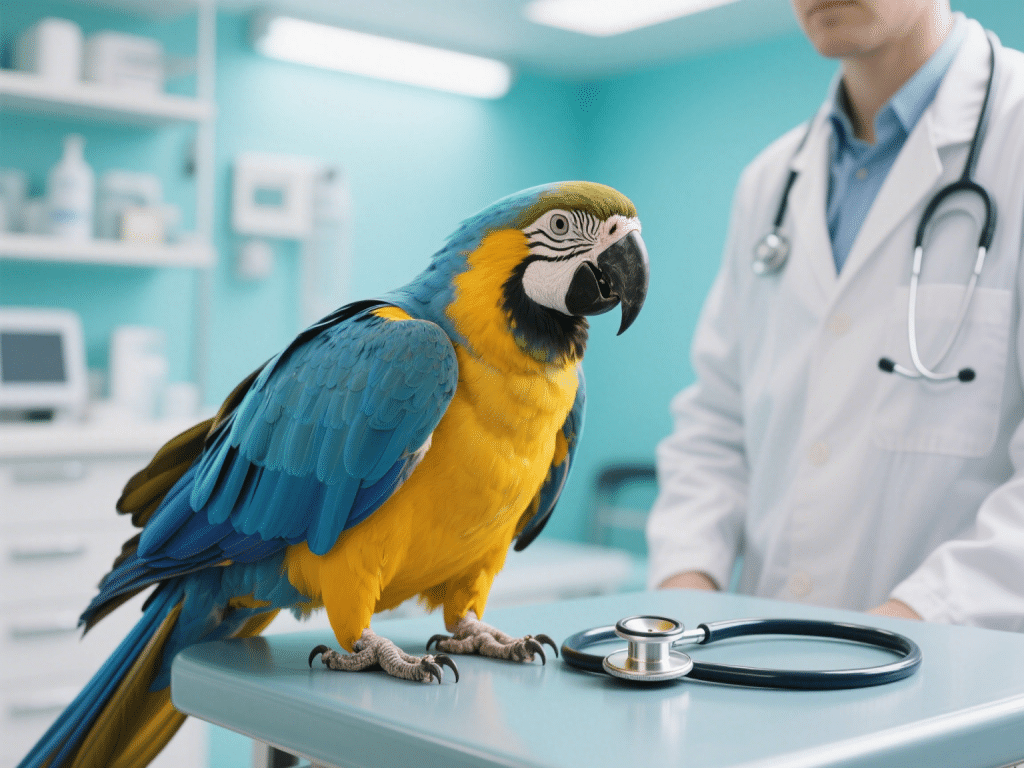
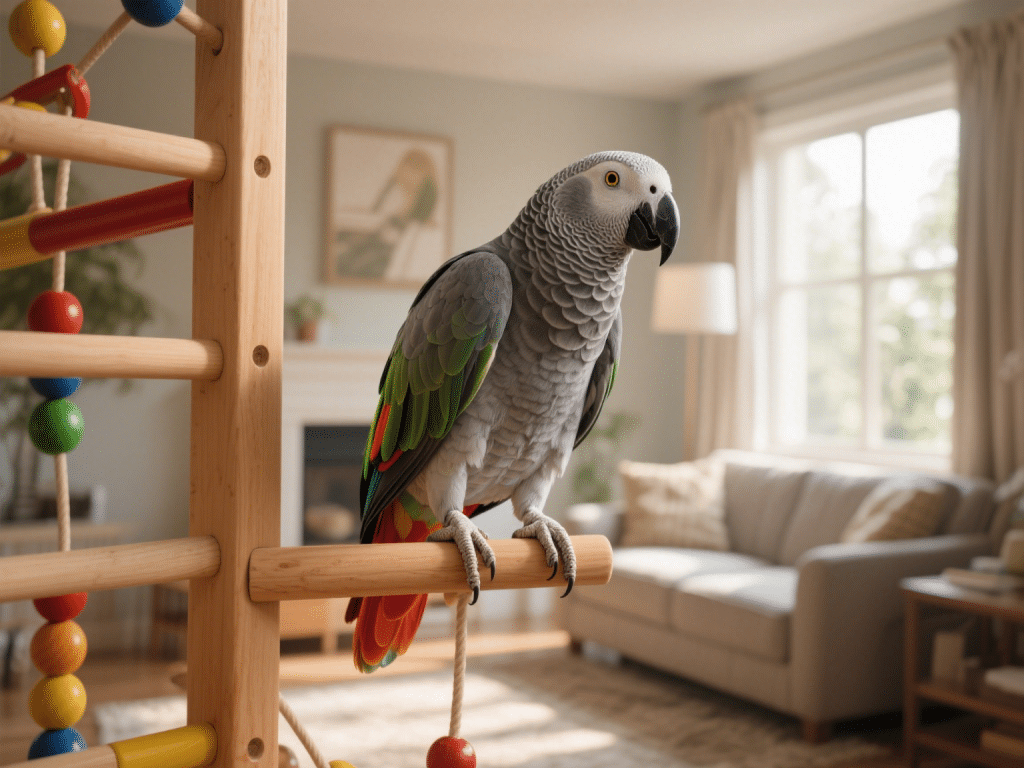
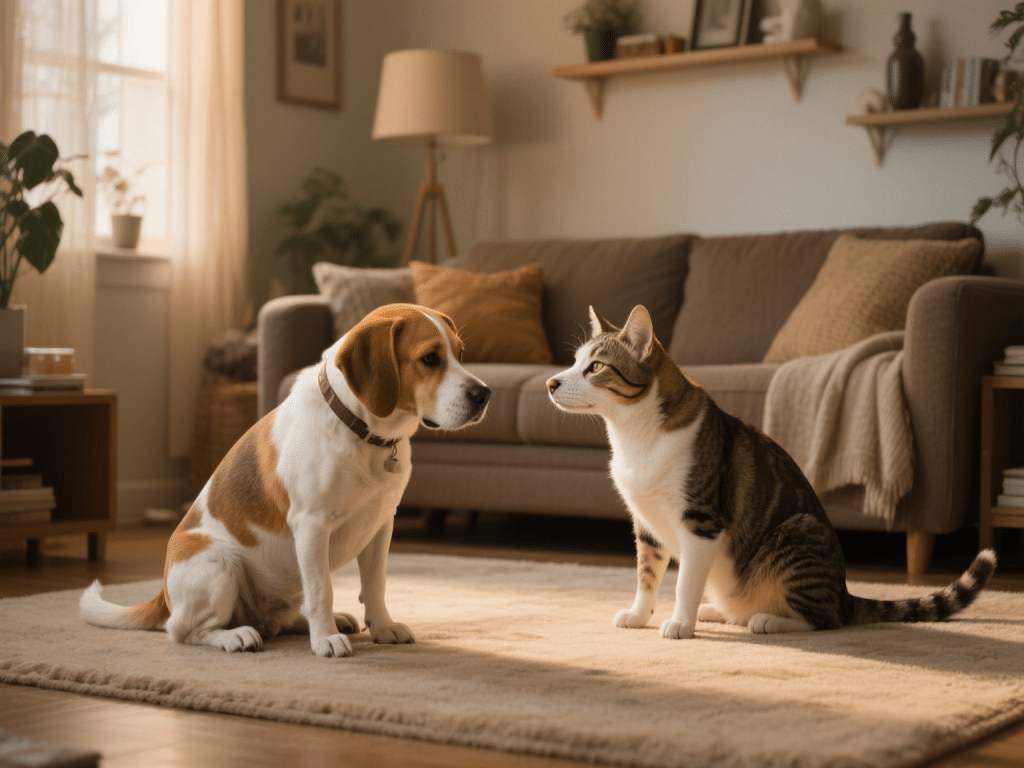
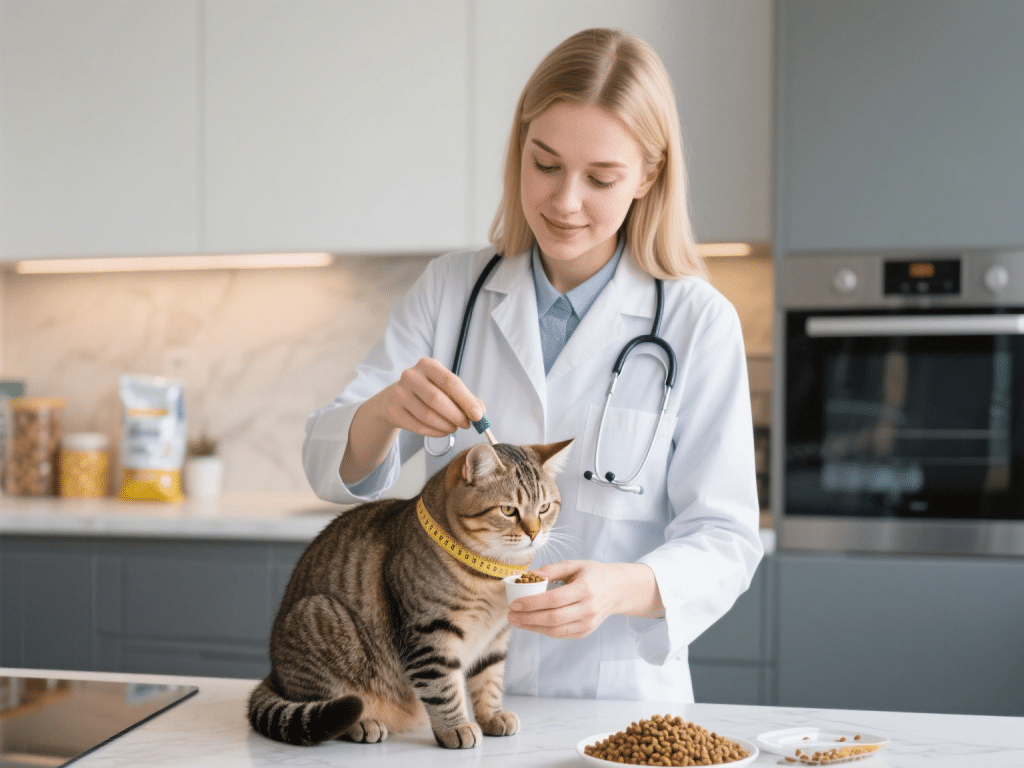


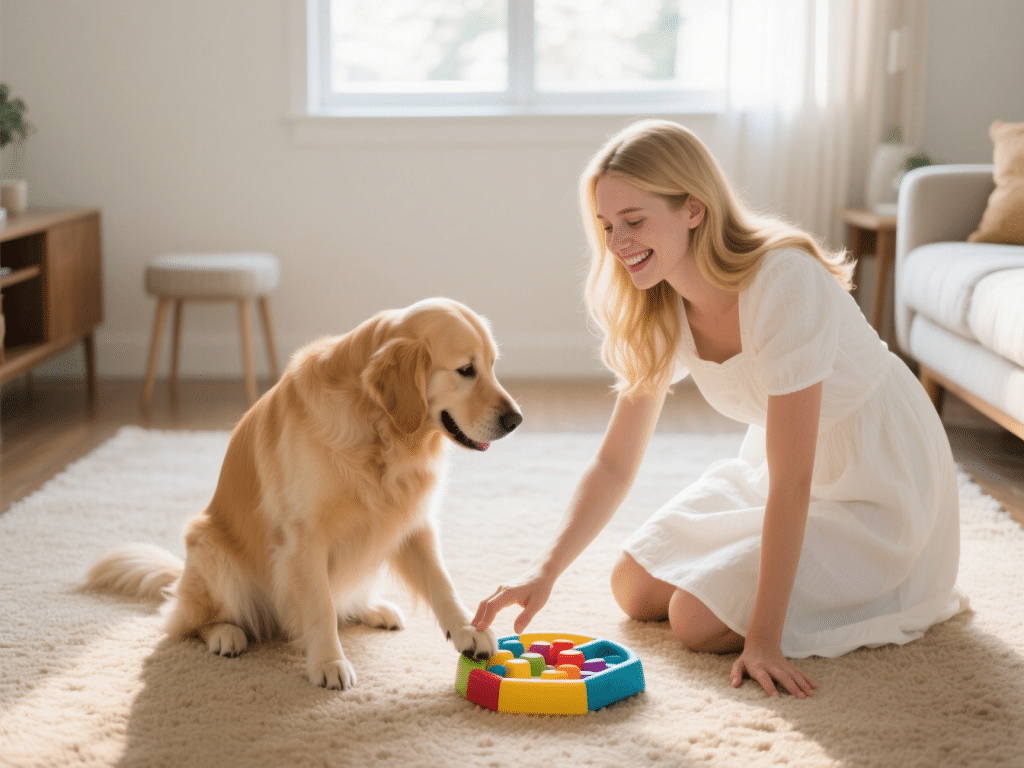
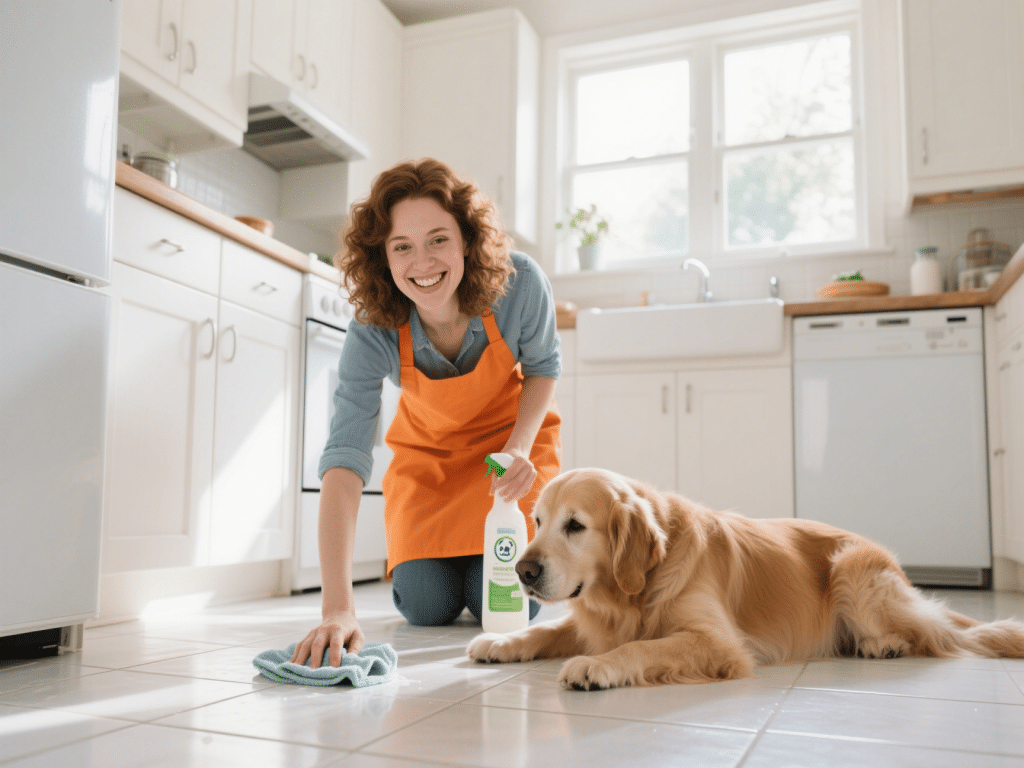

Comments on "Eco-Friendly Cat Litter Alternatives You Need to Know" :